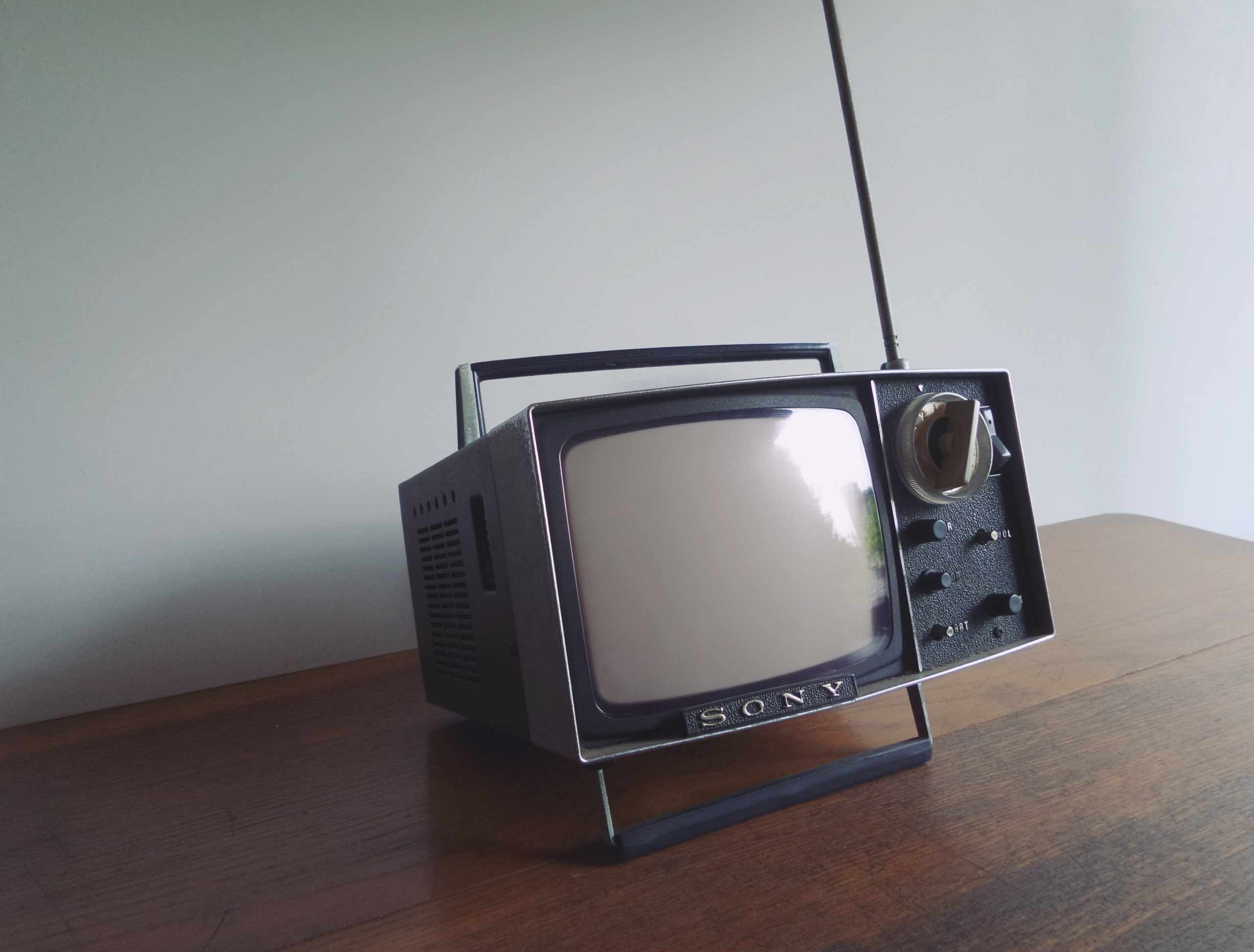In the past couple of years, even the most loyal cable subscriber has considered alternatives to Cable TV. It May sound alarming that cable has been leading the entertainment industry for decades and now what led people to this inclination? Well, there are two prominent reasons why masses are reconsidering their decision of signing up for cable subscription – one is the constant upsurge in cable service prices – secondly the online streaming services and what they are bringing for customers including the convenience to watch their favorite content countless times, whenever and wherever they want. This cord-cutting trend regardless of what exactly the individual reason may be, has introduced a new generation i.e. Gen Z that is going to become the first never-cord audience – they have access to everything they would want to watch online – why would they get cable services?
Irrespective of everything, cable companies such as Spectrum, Xfinity or Mediacom cable to name a few leading names are all set to beat this challenge by introducing their official streaming service app and relentlessly working on improving their already existing services to develop them further.
Coming back to the point, what are the best alternatives to cable TV services? So, as discussed above there are several ways to fulfill your desire all at once, streaming services paid or free, the first thing one can think of these days. Though, we have had and still have satellite services wherever cable services are yet not functional and they are serving the purpose for quite a long time, quite graciously.
Let’s get to the list of alternatives to Cable TV we could instantly think of:
- Netflix and Hulu are kissing cousins.
- Amazon Instant Video.
- PlayStation Vue.
- HD Antenna.
- YouTube Streaming.
You can go for Sling TV because you would NOT require rental equipment, this means no leasing fee is charged. Now, how cool is that!
Americans have three top-rated dominant streaming video on demand (SVOD) content providers:
- Hulu
- Netflix
- Amazon Instant Video
As told earlier, Hulu and Netflix are subscription-based streaming services. It is straightforward, pay monthly to get unlimited access to video content. Talking about the third option, Amazon Instant Video, it is similar to a cable TV where you pay-per-view. There is an option to rent it for 24-hours to 7 days, if you are satisfied (depending on your experience) you can own it for a while. On the brighter side, a sign up for Amazon Prime, then subscribers can obtain unlimited access to Amazon Instant Video content for free.
Secret (no more), there is access to pirated cable-TV content through SVOD. Trust me, it is. Well, HBO also has a standalone deal under their version HBO GO. They are allowing the content to be accessible through Amazon.
Additionally, Amazon is working hard and is extending its content, which includes popular shows like Showtime and Starz.
The SVOD (streaming video on demand) classification is categorized under two features but is not well-functioned (unluckily):
(1) Live sports, and
(2) Live news.
There are some subscription-based services launched by American sports leagues. However, on the other hand, you have to be a subscriber to enjoy the subscription. You have the option to watch the content on your TV. For availing of these services, you will require steady internet services with you wherever you are.
The most viable and popular options are:
- Roku
- Chromecast
- Apple TV
- Amazon Fire TV
It is just like setting up boxes with your cable TV. As you know, they are attached to your television along with Wi-Fi with software to combine with the SVOD services or any other similar services.
In contrast to digital TV, in which the cable provider gets you both the set-top box aside from the content, with SVOD, these two are not combined. You buy a Roku box, at that point, you would not be required to pay anything to Roku. You get the content from Hulu, Netflix, and so on – Roku may charge an installment for the more modest SVOD services as they don’t have their different billing system.
The bottomline is:
When it comes to looking for alternatives to Cable TV, you got to analyze what exactly are you looking for. If the content you want to watch requires more internet data, you might end up paying more than what you were paying for the cable services. Brainstorm and do mindful research based on the factors that are leading you to look for alternative options. We have tried to share the most popular and in-demand cable TV alternatives in the US market. Do share in the comments section underneath if you have any other interesting option that we may have missed.











